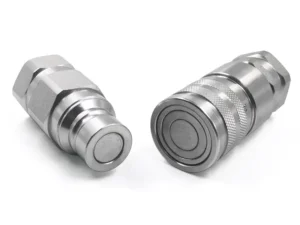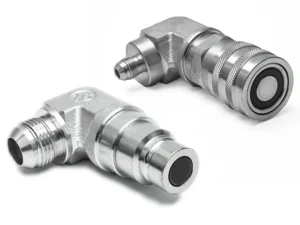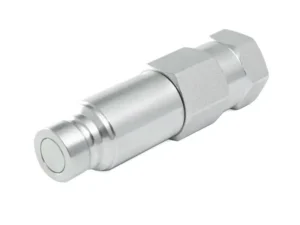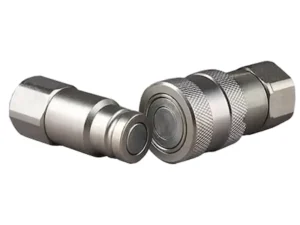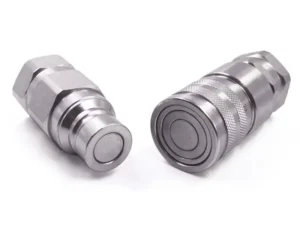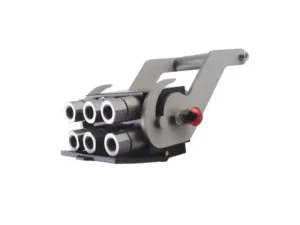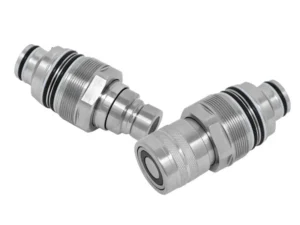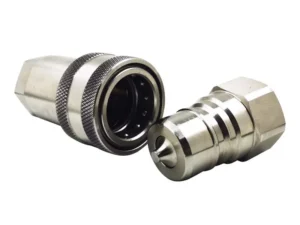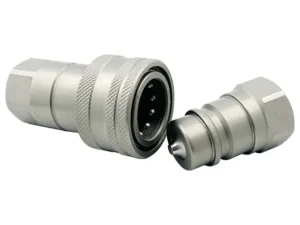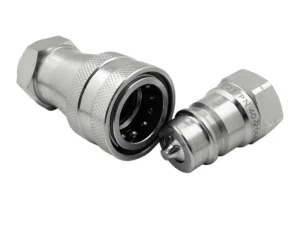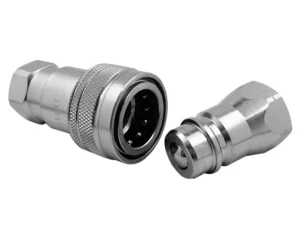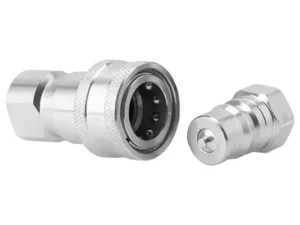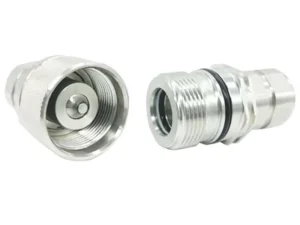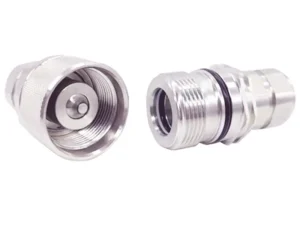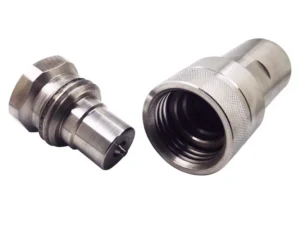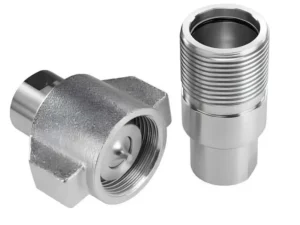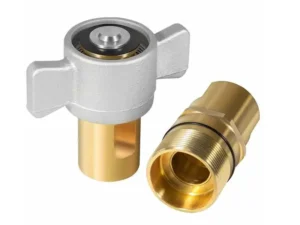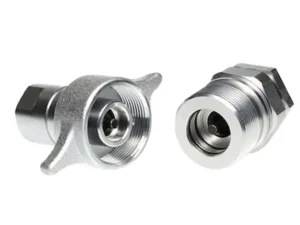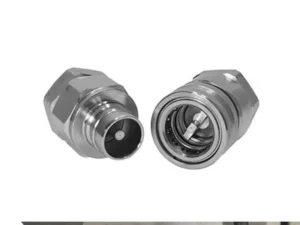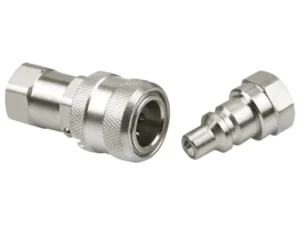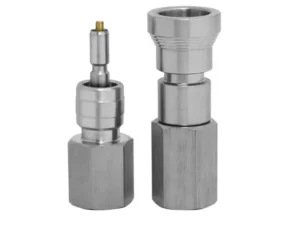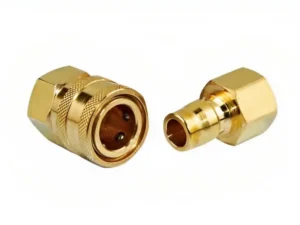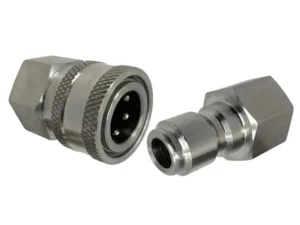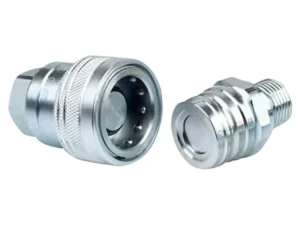How to choose material
Right Body Material for the hydraulic quick couplings
Choosing the right quick coupling material is crucial for ensuring safe, reliable, and efficient fluid flow in your application. Here’s a breakdown of key factors to consider:
1. Fluid compatibility:
- Chemical resistance: The coupling material must be compatible with the fluid it will transport. Consider factors like acidity, alkalinity, solvent properties, and potential for corrosion. Check compatibility charts provided by manufacturers or consult a chemical engineer for complex fluids.
- Temperature range: The material should withstand the expected temperature range of the fluid, both operating and peak temperatures. Some materials become brittle or deform at high temperatures, while others lose strength or leach chemicals at low temperatures.
2. Application requirements:
- Pressure rating: Choose a material with a pressure rating exceeding the maximum pressure in the system. This ensures safe operation and prevents leakage under pressure spikes.
- Flow rate: Select a material with adequate flow capacity to avoid restricting the desired flow rate. Materials with low friction or wider internal diameters often offer better flow characteristics.
- Environmental factors: Consider the environment where the couplings will be used. Factors like UV exposure, humidity, salinity, or presence of contaminants can affect material performance. Opt for materials with inherent resistance to these conditions for long-term durability.
3. Material options:
- Metals: Stainless steel is a popular choice for its strength, corrosion resistance, and wide temperature range. Brass offers good corrosion resistance and machinability but lower strength. Steel is cost-effective but prone to rust.
- Plastics: Nylon and PVDF offer good chemical resistance, lightweight characteristics, and are often inexpensive. PTFE boasts excellent chemical resistance and high-temperature tolerance but can be costly.
4. Additional considerations:
- Cost: Compare the cost of different materials considering both initial purchase and potential maintenance or replacement needs.
- Weight: If weight is a critical factor, consider lightweight materials like plastics or aluminum.
- Ease of assembly and maintenance: Some materials require specialized tools or procedures for installation or repair. Choose options that suit your available resources and expertise.
5. Resources:
- Consult with manufacturers or distributors of quick couplings. They can offer guidance based on your specific application and provide compatibility charts and technical specifications.
- Online resources like engineering charts and industry standards can provide valuable information on material properties and selection criteria.
Remember, choosing the right quick coupling material is not a one-size-fits-all approach. Carefully consider the fluid, application needs, and environmental factors to ensure optimal performance and safety. With proper research and planning, you can select the ideal material for your specific quick coupling needs.
